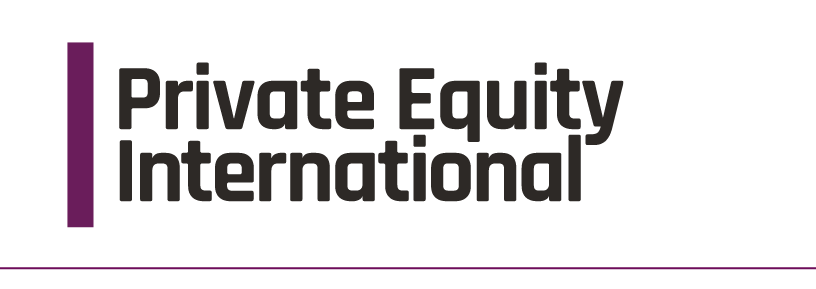The amount of capital flowing into dedicated co-investment funds dropped sharply last year, but large brand name firms continue to raise significant amounts of capital for new vehicles. Market watchers say investors’ appetite for co-investments will continue to grow – for both dedicated funds and direct investments.
“Co-investment has enduring appeal as a means of dialling up exposure to particularly attractive assets at low to zero cost,” says Antoine Dréan, chair and founder of placement agent Triago. “These investments will continue to account for a significant and very likely growing portion of deal volume in coming years.”
Several firms on this year’s PEI 300 raised dedicated co-investment funds in the past year: Energy Capital Partners (65) pulled in $3.5 billion for Energy Capital Partners Fund IV – co-investment; Carlyle Group (4) raised $3.5 billion for AlpInvest Co-Investment Fund VIII; and Ardian (25) which raised €1 billion additionally in co-investment for its latest Ardian Buyout Fund VII.
These firms appear to be outliers: overall, fundraising for co-investment vehicles is down. Private equity firms raised about $13 billion for dedicated co-investment funds in 2020, about half the amount they raised in 2019, according to Private Equity International’s Fundraising Report 2020.
Of course, these numbers don’t tell the whole story. Research from Triago shows ‘shadow capital’ – which includes co-investments, separate accounts and directs – totalled about $179 billion in 2020, with around 32 percent of that earmarked for co-investing. The proportion is on par with the previous year’s $216 billion in shadow capital.
“Highly targeted single investments… can be thoroughly analysed and stress-tested [and] give comfort to investors in uncertain times, more so in many instances than investment in blind-pool PE funds,” says Dréan.
Bullish strategy
LPs continue to be bullish on the strategy. PEI’s LP Perspectives 2021 study, carried out in late 2020, found nearly three-quarters of LPs planned to participate in deals directly alongside managers over the following 12 months.
The California State Teachers’ Retirement System planned to build out its co-investment team despite the global pandemic, as of June 2020. In March of this year, the California Public Employees’ Retirement System revealed it had committed $2 billion to five customised investment accounts towards the end of 2020, hoping to reduce its private equity programme cost.
“Co-investments offer meaningful flexibility to our long-term partnerships,” Yup Kim, head of investments, private equity, at CalPERS, wrote in March. He also said the fund had deployed “significant capital” into co-investments since restarting its programme in fiscal year 2020.
Credit Suisse expects to see some changes in co-investing over the next decade. LPs will increasingly co-invest alongside GPs without having committed to their funds, according to a March report from the investment bank. In addition, an increase of fee-paying special purpose vehicles will allow GPs to raise money with speed and form fresh relationships outside of their flagship funds, Credit Suisse predicts.
New forms of co-investment capital, such as mid-life co-investments – sidecar vehicles that provide growth capital for businesses whose GPs might not have ready access to capital or who might have exceeded concentration limits within their funds – could become the norm, the bank adds.

